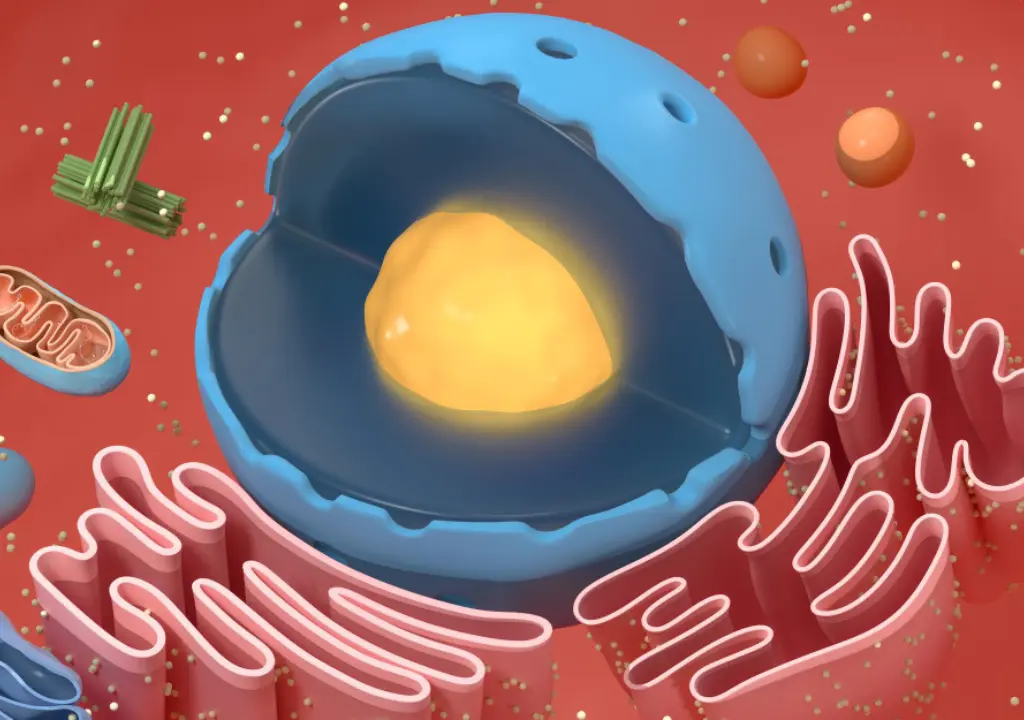The semitransparent fluid is a part of the cell enclosed between the plasma membrane and is called cytoplasm. Therefore the Nucleus of the cell is termed a living substance, i.e., a living substance consists of all of the contents outside of the nucleus and is enveloped at intervals. The plasma membrane of a cell.
It is clear in color and contains a gel-like look. The living substance consists chiefly of water; however conjointly contains enzymes, salts, organelles, and various organic molecules.

Discovery:
Cytoplasm was discovered by 3 scientists, martyr E.Palade, prince consort Claude, and Christian First State Duve in 1835.
Divisions:
The living substance is often divided into 2 primary parts: the cytoplasm and ectoplasm. The cytoplasm is the living substance’s central space containing the organelles. The ectoplasm is a lot of gel-like peripheral portion of the living substance of a cell.
Components:
Like bacteria and Achaeans, prokaryotic cells don’t have a membrane-bound nucleus. In these cells, the living substance consists of all of the cell’s contents within the cytomembrane.
In being cells, like plant and animal cells, the living substance consists of 3 main elements. They’re the cytoplasm, organelles, and varied particles and granules known as cytoplasmatic inclusions.
Cytosol:
The cytoplasm is a cell’s living substance’s semi-fluid part or liquid medium. It’s situated outside of the nucleus and, at intervals, the plasma membrane.
Organelles:
Organelles are little cellular structures that perform specific functions at intervals in a cell. Samples of organelles embrace mitochondria, ribosomes, nuclei, lysosomes, chloroplasts, endoplasmic reticulum, and vesicles.
Conjointly situated at intervals, the living substance is the anatomical structure, a network of fibers that facilitate the cell to maintain its form and supply support for organelles.
Cytoplasmic Inclusions:
Cytoplasmic inclusions are particles that are briefly suspended within the living substance. Inclusions carry with them macromolecules and granules.
Three types of inclusions found in the cytoplasm are secretory inclusions, nutritive inclusions, and pigment granules. Examples of secretory inclusions are proteins, enzymes, and acids. Glycogen (glucose storage molecule).
Functions of Cytoplasm
The living substance functions to support and suspend organelles and cellular molecules. Several cellular processes conjointly occur within the living substance, like supermolecule synthesis, the primary stage of internal respiration (glycolysis), mitosis, and meiosis.
The living substance helps to maneuver materials, like hormones, around the cell and conjointly dissolves cellular waste. The living substance is the place for many of the cell’s catalyst reactions and metabolic activity.
The translation of messenger RNA into proteins on ribosomes conjointly happens principally within the living substance. The living substance contains molecules like enzymes that are liable for breaking down waste and conjointly aid in metabolic activity.
The cytoplasm is liable for giving a cell its form. It helps to fill out the cell and keeps organelles in their place.
FAQs
What is the composition of cytoplasm?
Cytoplasm primarily comprises water, proteins, salts, and various organic molecules such as carbohydrates, lipids, and nucleic acids. It also contains organelles like mitochondria, endoplasmic reticulum, Golgi apparatus, etc.
Is cytoplasm present in all types of cells?
Yes, the cytoplasm is a fundamental component found in all types of cells, both eukaryotic and prokaryotic. However, the composition and organization of cytoplasm can vary between different cell types.
What is cytoplasm?
Cytoplasm is a gel-like substance enclosed within cells by the cell membrane. It fills the space between the nucleus and the cell membrane and is vital in various cellular processes.
What functions does cytoplasm serve in cells?
Cytoplasm performs several crucial functions in cells. It acts as a medium for metabolic reactions, providing a site for cellular processes like glycolysis, protein synthesis, and cellular respiration. It aids in transporting materials within the cell and helps maintain cell shape and structure.
